Jim and Edel Conway along with their children, James and Andrea farm an 80 cow HO/FR herd in Burncourt, Co. Tipperary. The Conway’s are actively engaged in high levels of data recording which can be seen through their participation in milk recording, AI usage, involvement in Greenbreed and the DNA Calf Registration programme. The herd’s co-op performance is exceptional with MS/cow at 493kg. The herd ranks in the top 25% of Dairygold suppliers, in 5/6 of the milk performance KPI’s.
Key Performance Indicators
EBI: Cows €188, Heifers €196, Calves €227
Kg milk solids/cow: 493
Fat %: 4.43
Protein %: 3.63
6-week calving rate: 88%
Calving interval: 365
The current herd EBI is exceptional and lies within the top 1% in the country. Speaking with us, Jim mentioned that they are mainly looking to improve their fat and protein figures. Currently they are selecting bulls who are positive for both fat and protein percentages and Kgs. They tend to go for bulls who are roughly 100kg in milk as opposed to 300kg-400kg as they find these bulls often have a higher maintenance figure. Generally, the Conway’s use young genomic sires to further accelerate genetic gain within the herd. They have been regular participants in the Dairy Gene Ireland programme using about 35 straws each breeding season. Jim also mentioned that they use HerdPlus Dairy Sire Advice application to avoid any inbreeding and maximise genetic gain.
Jim does all his own AI and uses 100% AI is used for the first 3 weeks with a big emphasis being placed on compact calving. The breeding season has been cut to a maximum of 9 weeks with all cows calved prior to the beginning of the breeding season. The Conway’s also use a proportion of beef AI, paying attention to the Dairy Beef Index (DBI) when selecting beef bulls. They typically take a Dairy-Beef Gene Ireland pack made up of Angus and Hereford straws. They mostly use Angus on heifers for easy calving and Herefords on the lower production and lower EBI cows. Generally, they sell the resulting beef calves from the yard.
In recent years, The Conway’s have been focusing on improving the herd’s fertility. To do this, they have been focused on the herd’s six-week calving rate as well as using the HerdPlus reports as a tool to easily identify cows who are poor for fertility. Three weeks before breeding, they tail paint and continue to paint tails after each bulling, to identify when cows are cycling. The vet is called for any cows not cycling as early as possible.
Milk Recording is something that the Conway’s have been doing for many years. Milk Recording gives back the information they want from each cow. The high SCC cows are easily seen on the reports and are then either treated or sold. The Conway’s also use the milk recording data as a selection tool for picking cows to breed replacements. They are participants in Herd Health and the Johnes programme.
Selective Dry Cow Therapy (SDCT) has been working well in the herd since 2017. Initially 30% of the cows received sealer only (cows with SCC < 70K at the time). Jim commented that this was maybe a little too aggressive the first year and they have since adjusted their criteria. This year, anything with an SCC of under 50K received teat sealer only, roughly 10% of herd. They take great caution at housing regarding hygiene to reduce the risk of bacteria, which they feel could have been an issue in 2017. This year, anything treated with antibiotics was treated with dry cow tubes.
Replacements are selected based on their available data including EBI and dam records with surplus heifers being sold. All heifers are genotyped and Jim feels that this has increased the herd’s genetic gain by 20% in recent years. The heifers are usually kept on an outside plot to start. A vasectomized bull is left with them, they are tail painted, checked twice daily and a bull moo call collar is used on the bull for a heat notification.
The Conway’s have been using low emissions slurry spreading for a few years now which is carried out by a local contractor. They have a river running through the farm which is fenced off. They also keep bird boxes, bat boxes and beehives on the farm. The Conway’s work on maintaining hedges, putting in whitethorn and this helps to provide shelterbelts for the cows. When asked about how they are reducing greenhouse gas emissions, Jim also touched on how breeding for high EBI is helping with this reduction in emissions.
The Conway’s have adopted some new management practices and farming technologies to help with the day-to-day management. Jim believes grass measuring is essential and regularly makes use of PastureBase. The Conway’s carry out soil analysis every 2 years and plan to move to annual testing going forward. They are members of two discussion groups and Jim finds that this is the main place they hear about the latest management tools and new ideas.
The Conway’s have a 5-year target to achieve 550Kg milk solids while feeding 0.9T meal. They hope to achieve this by continuing to use genomics to breed high EBI animals as well as improving grass management and compact calving. 493kg were produced this year with calves being fed whole milk.
